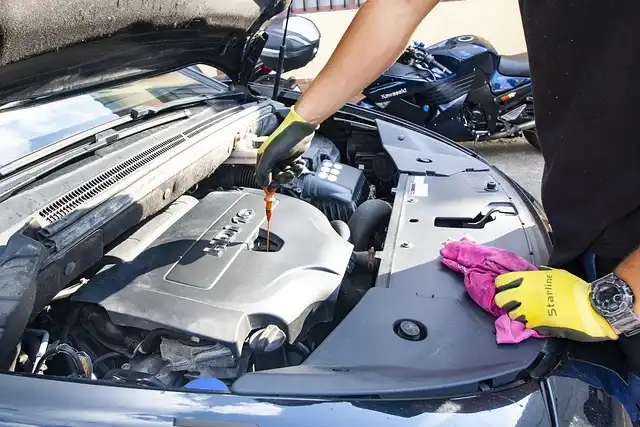Fuel Additives: Choosing the Right One for Your Car

Confused by fuel additives? This guide offers plain-language recommendations for selecting the right product based on your car's symptoms to improve engine performance and maintenance.
Between bold insurance claims, puzzling phrases, and engine representations that resemble they belong in a book, it’s simple to feel like you’re flying blind. Rather than hype, Stone supplies plain-language recommendations: Select the product based on your signs, like reluctance, rough still, ticking, or knocking, and you’ll have a far better shot at actually addressing the concern.
When to Use Fuel Additives
He claims that for a lot of gas system cleaners, you ought to wait up until your container is under a quarter complete, pour the additive in, and then drive boldy (within lawful limitations) to flow the treatment effectively prior to refueling. This helps the cleaner entered even more straight call with injectors and burning surface areas, increasing its effectiveness.
Not every fuel additive is developed for every single engine kind. Some are clearly formulated for fuel engines, while others are safe for diesels or compatible with ethanol-blended gas. Hybrids and straight shot engines may also have different needs or resistances. Always examine the label for your engine type, and prevent assuming that any type of additive is one-size-fits-all. The incorrect item can reduce effectiveness at finest and create damages at worst.
Choosing the Right Fuel Additive
That period can differ depending on fuel high quality, engine design, and driving habits. Not every gas additive is designed for every engine kind. Always examine the tag for your engine kind, and stay clear of thinking that any additive is one-size-fits-all.
Most mechanics and item makers suggest utilizing a treatment every 3,000 to 5,000 miles. That period can vary depending on fuel high quality, engine layout, and driving habits. High-mileage lorries, vehicles regularly driven in stop-and-go website traffic, or those utilizing lower-quality fuel may gain from more constant usage.
Chris Stone (@chrisfrombeachside), vice head of state of Beachside Automobile Parts in Daytona, Florida, states he videotaped the video clip to aid unfamiliar drivers make the most effective choice when choosing from the excessive range of items promising to transform their vehicle into a fine-tuned equipment.
While numerous exceptional fuels contain cleaning agents to maintain injectors clean, committed gas system cleansers often tend to provide higher focus of energetic components like PEA (polyetheramine), which can cleanse much deeper right into the consumption shutoffs and burning chamber.
Certainly, gas ingredients aren’t a magic repair. It’s ideal to get a specialist diagnostic if you have actually obtained a check engine light or recurring efficiency problems. However, for routine upkeep, specifically with older or high-mileage automobiles, the best additive can play a useful duty in keeping your engine running efficiently.
For regular maintenance, especially with older or high-mileage lorries, the right additive can play a beneficial function in maintaining your engine running efficiently.
Fuel Additives for Specific Problems
If your auto is slow-moving off the line, Stone suggests trying AMSOIL P.I. Burning oil at start-up? Marvel Mystery Oil still has a location in the contemporary garage, according to Rock. And for engines revealing indications of knock or sound– particularly in turbocharged vehicles– he suggests Royal Purple Max Clean to smooth out combustion.
Using Fuel Additives Safely
The majority of firms recommend making use of simply one additive per treatment cycle to prevent unintentional chemical interactions or dilution of crucial components. It’s ideal to wait up until your container is virtually vacant, add the suggested dose, and afterwards fill up, following label instructions very closely to make certain reliable and safe outcomes.
With loads of brightly classified containers lining the aisles of AutoZone and Pep Boys shops anywhere– encouraging smoother rides, far better gas mileage, or cleaner engines– choosing the right one can seem like a guessing game. A viral TikTok video cuts through the sound, offering a symptom-based overview to picking the appropriate additive without the buzz.
1 car care2 engine maintenance
3 European Automobile Manufacturers'
4 fuel additives
5 fuel system
6 high-mileage vehicles
« 2025 Audi Q5/SQ5 Review: Power, Tech, and Luxury SUVEREVs: Bridging the Gap to Full EVs, China’s Adoption Surge »
